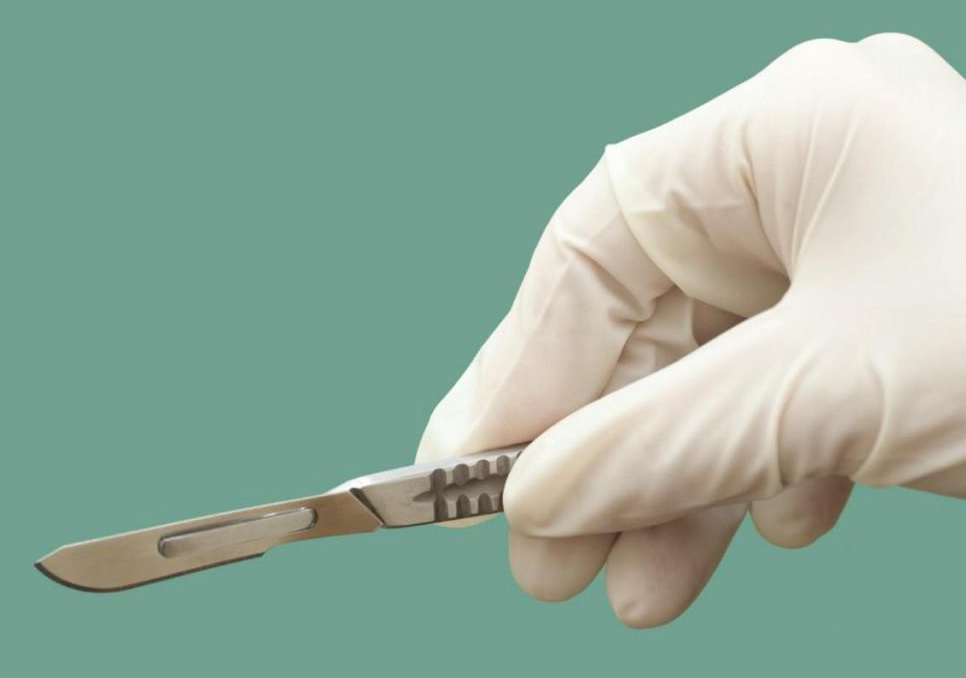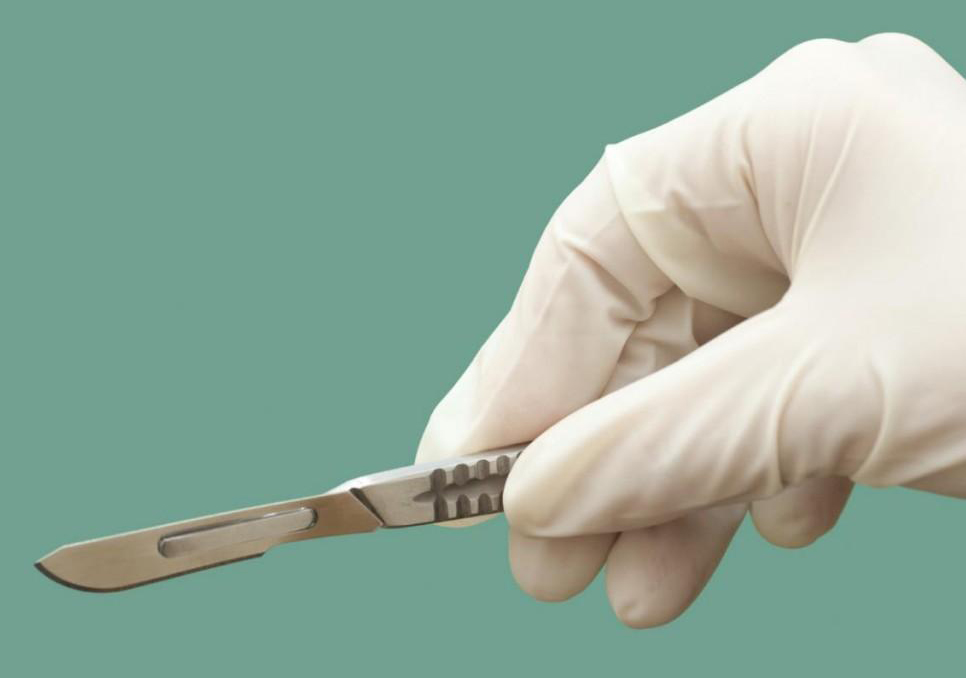Meniscal cartilage injuries
The knee is commonly injured in sports, especially rugby, football and skiing. You may tear a meniscus by a forceful knee movement whilst you are weight bearing on the same leg. The classical injury is for a footballer to twist (rotate) the knee whilst the foot is still on the ground – for example, whilst dribbling round a defender. Another example is a tennis player who twists to hit a ball hard, but with the foot remaining in the same position. The meniscus may tear fully or partially. How serious the injury is depends on how much is torn and the exact site of the tear.
Meniscal tears may also occur without a sudden severe injury. In some cases a tear develops due to repeated small injuries to the cartilage or to wear and tear (degeneration) of the meniscal cartilage in older people. In severe injuries, other parts of the knee may also be damaged in addition to a meniscal tear. For example, you may also sprain or tear a ligament.
Meniscal cartilage does not heal very well once it is torn. This is mainly because it does not have a good blood supply. The outer edge of each meniscus has some blood vessels, but the area in the centre has no direct blood supply. This means that although some small outer tears may heal in time, larger tears, or a tear in the middle, tend not to heal.
What are the symptoms of a meniscal tear?
The symptoms of a meniscal injury depend on the type and position of the meniscal tear. Many people have meniscal tears without any knee symptoms, especially if they are due to wear and tear (degeneration).
• Pain. The pain is often worse when you straighten the leg. If the pain is mild, you may be able to continue to walk. You may have severe pain if a torn fragment of meniscus catches between the tibia and femur. Sometimes, an injury that you had in the past causes pain months or years later, particularly if you injure the knee again.
• Swelling. The knee often swells within a day or two of the injury. Many people notice that their knee is slightly swollen for several months if the tear is due to degeneration.
• Knee function. You may be unable to straighten the knee fully. In severe cases you may not be able to walk without a lot of pain. The knee may lock from time to time if the torn fragment interferes with normal knee movement. Some people notice a clicking or catching feeling when they walk. (A locked knee means that it gets stuck when you bend it and you can’t straighten it without moving the leg with your hands.)
Note: a ‘clicking’ joint (especially without pain) does not usually mean you have a meniscal tear.
For some people, the symptoms of meniscal injury go away on their own after a few weeks. However, for most people the symptoms persist long-term, or flare up from time to time, until the tear is treated.
How is a meniscal tear diagnosed?
• The story and symptoms often suggest a meniscal tear. A doctor will examine the knee. Certain features of the examination may point towards a meniscal tear.
• Your doctor may sometimes advise an X-ray of the knee – but this is often not necessary. An X-ray will not show cartilage tissue, but it can check for any bone damage which might have also occurred with the injury.
• The diagnosis can be confirmed by an MRI scan of the knee
What is the treatment for a meniscal tear?
When you first injure your knee the initial treatment should follow the simple PRICE method:
• Protect from further injury.
• Rest (crutches for the initial 24-48 hours).
• Ice (apply ice (wrapped in a towel, for example) to the injured area for 20 minutes of each waking hour during the first 48 hours after the injury).
• Compression (with a bandage, and use a knee brace or splint if necessary).
• Elevation (above the level of the heart).
These actions, combined with painkillers, help to settle the initial pain and swelling.
Surgery
If the tear causes persistent troublesome symptoms then an operation may be advised – although evidence for the benefit of some types of surgery is variable. Most operations are done by arthroscopy (see below). The types of operations which may be considered include the following:
• The torn meniscus may be able to be repaired and stitched back into place. However, in many cases this is not possible.
• In some cases where repair is not possible, a small portion of the meniscus may be trimmed or cut out to even up the surface.
• Sometimes, the entire meniscus is removed.
• Meniscal transplants have recently been introduced. The missing meniscal cartilage is replaced with donor tissue, which is screened and sterilised much in the same way as for other donor tissues such as for kidney transplants. These are more commonly performed in America than in the UK.
• There is a new operation in which collagen meniscal implants are inserted. The implants are made from a natural substance and allow your cells to grow into it so that the missing meniscal tissue regrows. This is not yet available at all hospitals.
Arthroscopy
This is a procedure to look inside a joint by using an arthroscope. An arthroscope is like a thin telescope with a light source. It is used to light up and magnify the structures inside a joint. Two or three small (less than 1 cm) cuts are made at the front of the knee. The knee joint is filled up with fluid and the arthroscope is introduced into the knee. Probes and specially designed tiny tools and instruments can then be introduced into the knee through the other small cuts. These instruments are used to cut, trim, take samples (biopsies), grab, etc, inside the joint. Arthroscopy can be used to diagnose and also to treat meniscal tears. Following surgery, you will have physiotherapy to keep the knee joint active (which encourages healing) and to strengthen up the surrounding muscles to give support and strength to the knee.
Dr. Mohamed Kandil
M.B,B.CH, Msc (Ortho), Dip.Sports Medicine
(UK),Fellowship (Germany)
Specialist Orthopedic Surgeon



